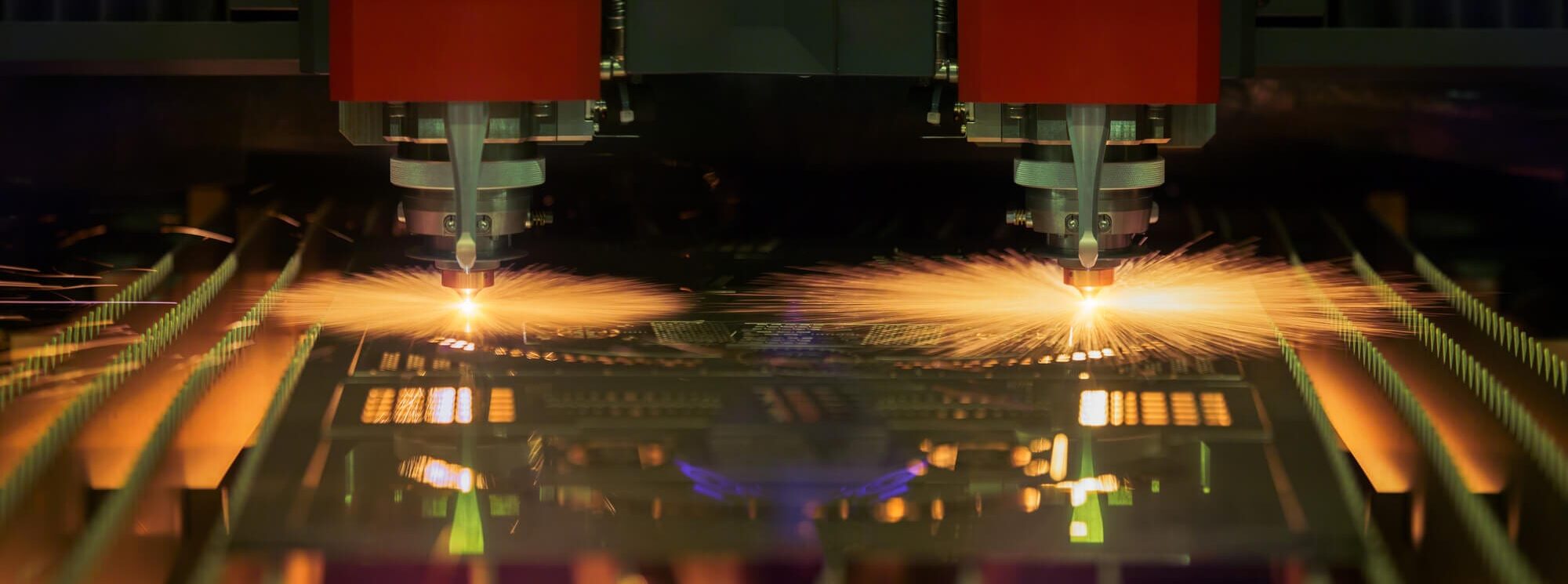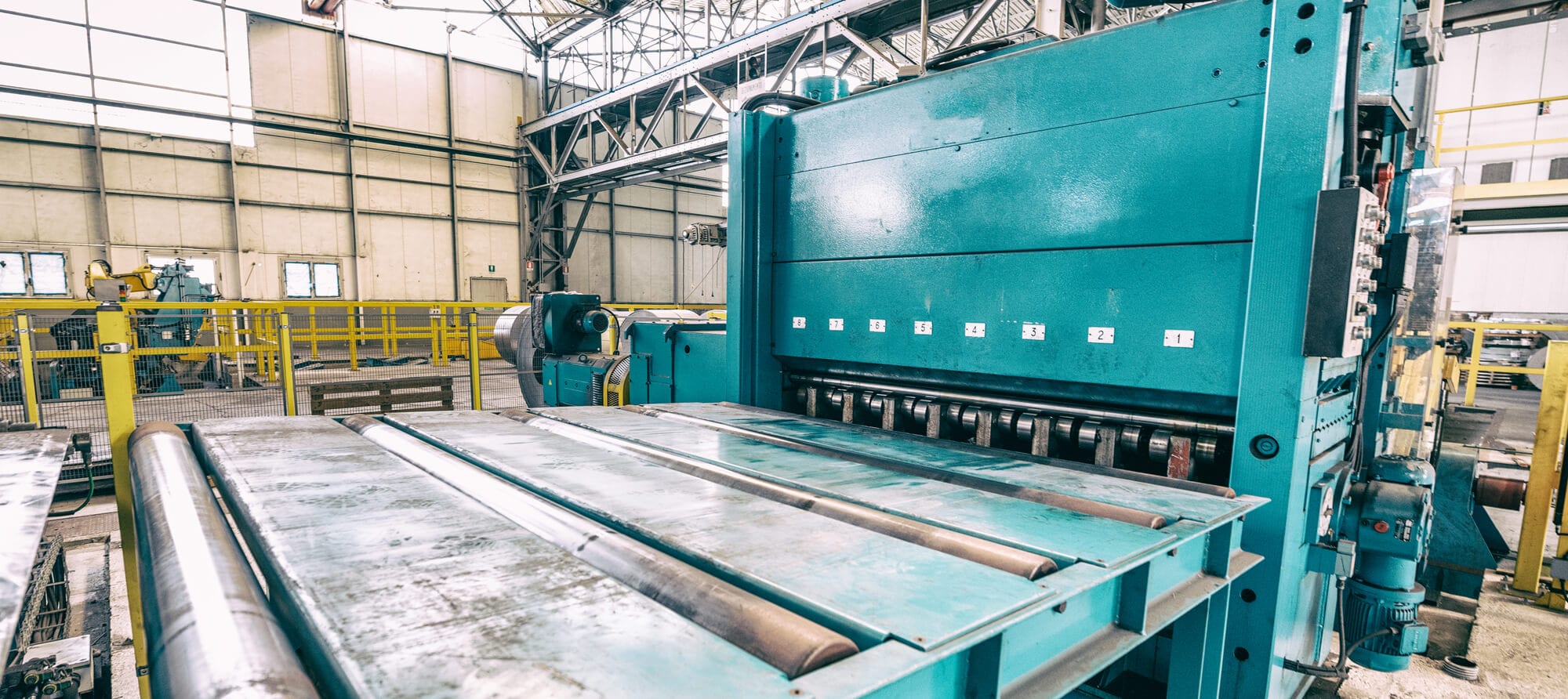Industrial processing equipment covers a wide range of products that will end up in an assortment of manufacturing areas. Process equipment plays a prominent role in many reactions or operations that would not be possible under normal environmental conditions due to temperature, pressure, or safety reasons.
Modern advancements in technology in the industrial processing equipment used in the oil and gas, mining, general manufacturing, and construction industries can have a considerable impact on the speed, quality, and volume of production levels and facility return on investment.
For this reason, it is fundamentally important to choose the best industrial process equipment. When your business is in the market for industrial process equipment, there are two options: buying new equipment or buying used equipment. Just as you want to know what to consider when replacing your industrial steam boiler, it’s important to make the right decision with industrial process equipment.
It might seem like purchasing used equipment is the smartest choice and the easiest on your bottom line, but there are hidden considerations when choosing used equipment that you should take into account.
A Breakdown of The Real Cost
Work Requirements
Before you buy industrial process equipment, determine precisely what your business needs are. For example, you need to think about the characteristics of the machinery. If you need to customize the equipment in the future, it might be easier to start with new equipment. You can create a comparison sheet to compare and contrast the technical specifications of different machines.
Maintenance and Reliability
New equipment usually includes a warranty or a service plan that you can rely on when things go bump in the night. Machine faults bring unexpected downtime and costs. Used machines are more likely to develop breaks and failures that can lead to expensive shutdowns.
Sustainability and Efficiency
As technology changes and drives improvements in efficiency and sustainability across different industries, specific equipment uses significantly less energy than previous versions from years and decades past. A machine’s use of lubricant, bearing, seal wear, and other regular input also need to be carefully calculated.
Machine Life Spans
Older machines have already used some of their lifetime operating hours. The life span of aged equipment may be very different from the extended life span of a new machine, and the quality of the machine and how it is used should be taken into account.
Safety
As equipment grows older, it may present a more severe injury risk. Older equipment tends to need more service calls, meaning that employees may have to deal with more hazards. If the equipment has not been adequately maintained, it may be more likely to sustain dire failures.
Old Equipment Red Flags
The price point of used equipment can be tempting, but there are some potential issues you should look into before signing the dotted line.
-
Check the Fluids
The wrong color or consistency can be a sign to go elsewhere or ask for a lower price.
-
Operating Hours
As we stated previously, a machine only has so many lifetime operating hours. That is why it is imperative to know how long a piece of machinery has been in use before purchasing it.
-
Obvious Signs of Wear
Are there any signs of rust, cracks, or other damage that could suggest a more significant problem?
-
Maintenance Record
Ask to see the maintenance record. Were there any major repairs in the machine’s life?
-
Exhaust Color
Turn on the engine and let it run for a bit. Problems become more apparent during the first few minutes of running. Take a look at the color of the exhaust while it is running.

The Case for New Equipment
It can be challenging to dive in and fully commit to replacing old equipment with something new and modern. Industrial equipment often requires a significant expenditure of capital. It can also signify further training for employees who will maintain and operate them. Nevertheless, the benefits of new equipment can be substantial and lasting.
No Surprises
Major maintenance on a machine increases the risk of future defects. New equipment does not have a history of maintenance, and as we stated, they usually come with warranties and service plans that guarantee their performance. As a result, a percentage of the risk is transferred from the operator back to the vendor.
Leading Edge Technology
Transformative designs are changing the quality and efficiency of industrial equipment. There are fewer data inputs, less maintenance, and some machines even offer remote equipment monitoring to improve operational productivity and financial return on investment.
Less Worry
New equipment can be relied on to work as promised between regularly scheduled maintenance. For that reason, employees can spend more time being productive and less time on workarounds, or problem-solving equipment errors.
The Best in Industrial Equipment
Lindberg Process Equipment has been a leader in industrial process equipment since 1981. We have a deep understanding of the machines we service because we developed a deep understanding of the machines that propel our customers’ businesses. As a company, we have insights into all the newest technologies.
Whether you are repairing and replacing your industrial elevator equipment or replacing your brewing equipment for increased productivity, Lindberg Process has solutions for our customers and exceeds expectations, and follows a particular company creed to always act in the best interest of the customer. To experience the best in customer service, contact us today.





